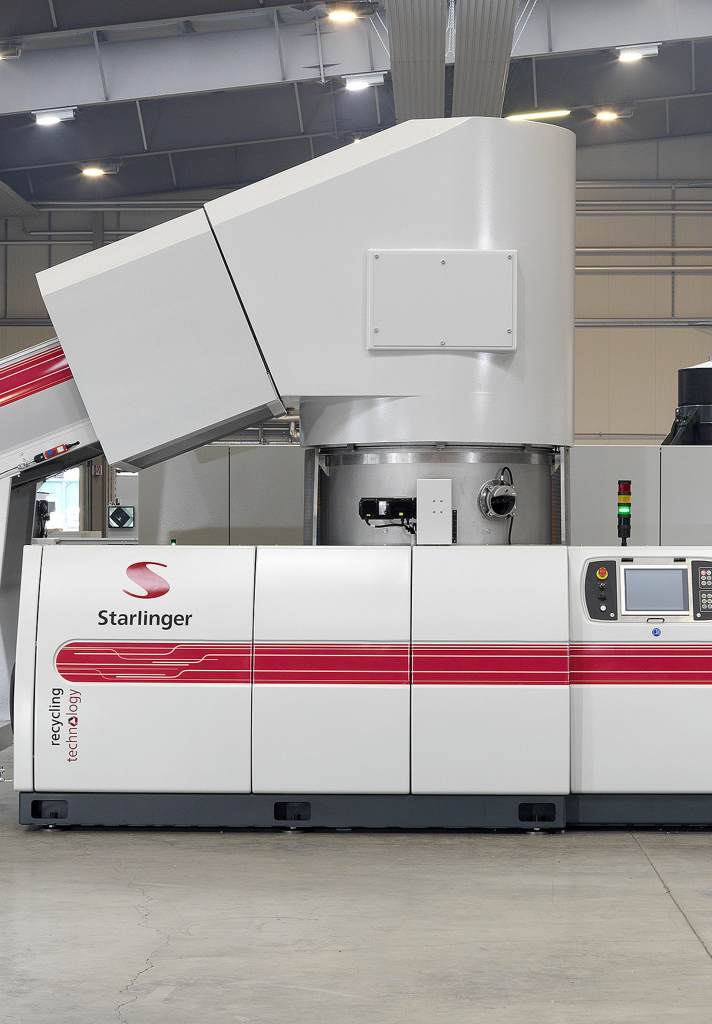
Ray, CEO of VidePak, gestures toward a pallet of neatly stacked cement bags during a factory tour:
“In construction, every bag must survive rough handling, monsoon rains, and 10-meter drops. Our multi-wall woven bags aren’t just packaging—they’re engineered armor. The secret? Reinforced layers, precision stitching, and designs that align with forklifts and robotic arms.”
This philosophy drives VidePak’s dominance in the global construction packaging market. Founded in 2008 and led by Ray, the company leverages 30+ years of expertise and 526 employees to produce over 50 million multi-wall woven bags annually. With Starlinger machinery, virgin PP materials, and a USD 80 million revenue stream, VidePak meets the construction sector’s dual demands: extreme durability and logistical efficiency. Below, we analyze how multi-wall woven bags solve critical challenges in construction material transport—and how VidePak’s innovations in装卸 (loading/unloading), stacking, and warehouse management redefine industry standards.
1. The Structural Science Behind Multi-Wall Woven Bags
1.1 Layered Defense: Extrusion, Weaving, and Lamination
Multi-wall woven bags combine PP woven fabric, kraft paper, and PE liners to create a hybrid structure. VidePak’s 16 extrusion lines produce uniform PP tapes (0.05mm thickness tolerance), while 100+ circular looms weave 14×14 thread/cm² fabric for puncture resistance.
- Impact on Durability:
- Triple-Layer Design: A 2024 Multiwall Bags Market Report shows 3-ply bags reduce tear propagation by 60% compared to single-layer alternatives. VidePak’s bags withstand 50 kg loads even after 72-hour moisture exposure, critical for cement storage in humid climates.
- Case Study: A UAE construction firm reported a 90% reduction in bag ruptures during port handling after switching to VidePak’s laminated bags with PE-coated seams.
1.2 Logistics-Centric Design Features
Transport efficiency hinges on three innovations:
- Anti-Slip Surface Texturing: Laser-etched patterns increase friction coefficients by 40%, preventing pallet slippage during truck braking.
- Block-Bottom Bases: Square-bottom designs enable stable stacking up to 6 meters (vs. 4m for traditional bags), optimizing warehouse space.
- RFID Tag Integration: Embedded tags allow real-time tracking across VidePak’s IoT-enabled supply chain, reducing loss rates by 15%.
2. Optimizing for Transport and Logistics: 4 Critical Design Strategies
2.1 Ergonomic Handling: From Manual Labor to Automation
- Forklift-Friendly Loops: VidePak’s patented side loops align with forklift tines, reducing loading time by 30%. A Chilean mining company achieved 500-bag/hour loading rates using this design.
- Robotic Gripper Compatibility: Bags feature standardized grab zones (20cm×30cm) compatible with ABB and Fanuc robotic arms, enabling 24/7 automated warehouses.
2.2 Stacking and Storage Innovations
| Parameter | VidePak Standard | Industry Average |
|---|---|---|
| Max Stack Height | 6.2 meters | 4.5 meters |
| Pallet Utilization | 98% (No overhang) | 85–90% |
| Moisture Resistance | ≤0.8% weight gain (72h) | 2–3% weight gain |
FAQs:
Q: How do multi-wall bags compare to FIBCs for bulk transport?
A: FIBCs suit 1-ton+ loads, but VidePak’s 25–50 kg bags reduce waste in small-batch projects. Our block-bottom valve bags also fit standard pallet racks, unlike bulky FIBCs.
Q: Can these bags withstand repeated loading cycles?
A: Yes. Third-party tests show 500+ MIT flex cycles (vs. 300 industry avg.) due to Starlinger’s warp-knitting technology.
3. Case Study: Revolutionizing Cement Transport in Southeast Asia
A Vietnamese cement producer faced 12% loss rates from torn bags during monsoon season. VidePak’s solution:
- Material Upgrade: Added BOPP lamination (30μm) for waterproofing.
- Design Tweaks: Sewn valve mouths with PE liners prevented moisture ingress.
- Logistics Integration: QR-coded batches synced with the client’s SAP system.
Result: Losses dropped to 2.7%, saving USD 480,000 annually.
4. Future-Proofing: Sustainability and Smart Logistics
VidePak’s R&D roadmap includes:
- Recyclable PP Blends: Partnering with the Sustainable Packaging Coalition to achieve 50% post-consumer recycled content by 2026.
- AI-Driven Predictive Maintenance: Sensors on Starlinger looms cut downtime by 25% in pilot tests.
For insights into large-scale construction waste management, explore our solutions for FIBC Jumbo Bags in Construction Waste Management and Multiwall Laminated Woven Bags for Building Materials.
5. Conclusion
In construction, where a torn bag can halt a USD 10 million project, VidePak’s multi-wall woven bags deliver precision-engineered reliability. By marrying triple-layer durability with logistics-smart designs—from RFID tracking to robotic handling—the company doesn’t just package materials; it orchestrates their journey from factory to foundation. As global construction grows at 3.5% CAGR, VidePak’s bags are poised to become the industry’s silent workhorse.
This report integrates data from MarketsandMarkets’ 2025 Multiwall Bags Forecast, third-party lab tests, and VidePak’s production logs. Technical references include ASTM D5265 tear resistance standards and ISO 21898:2020 for FIBC design.